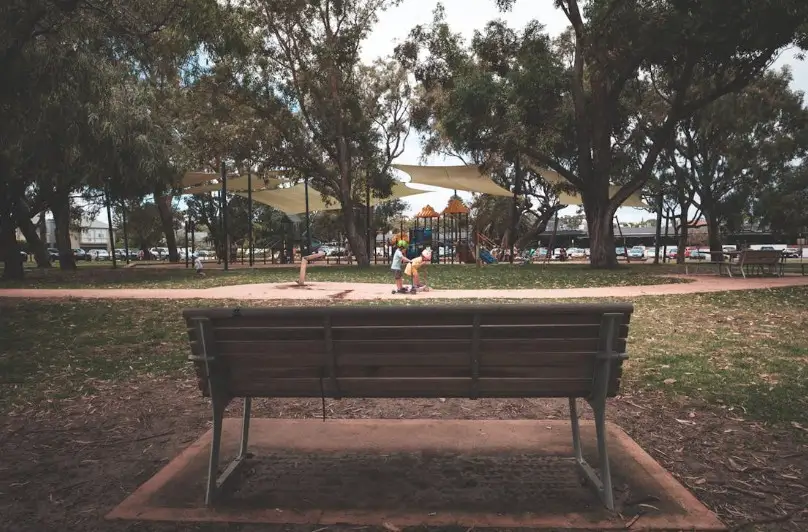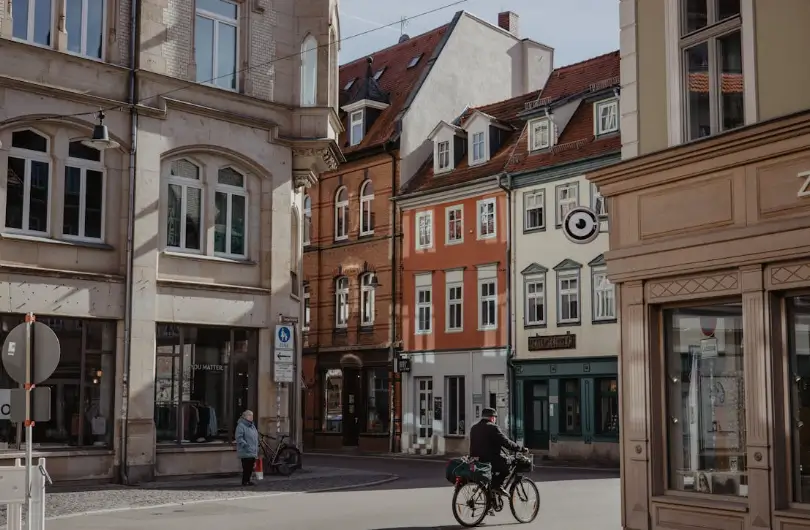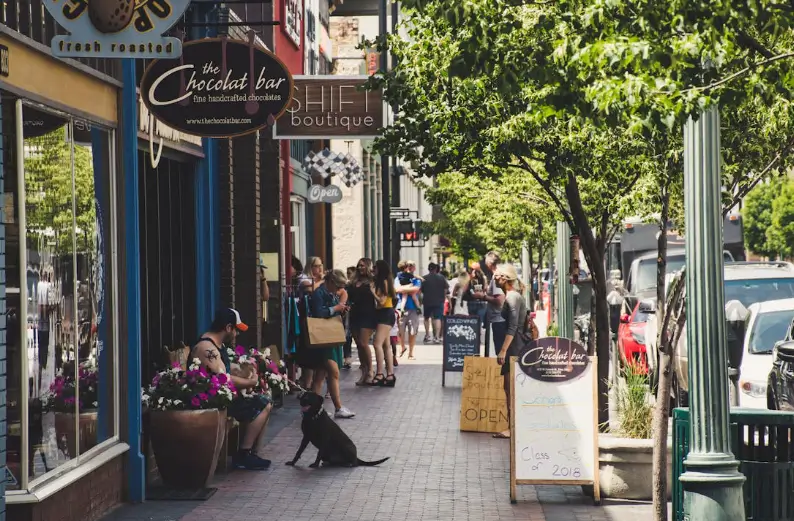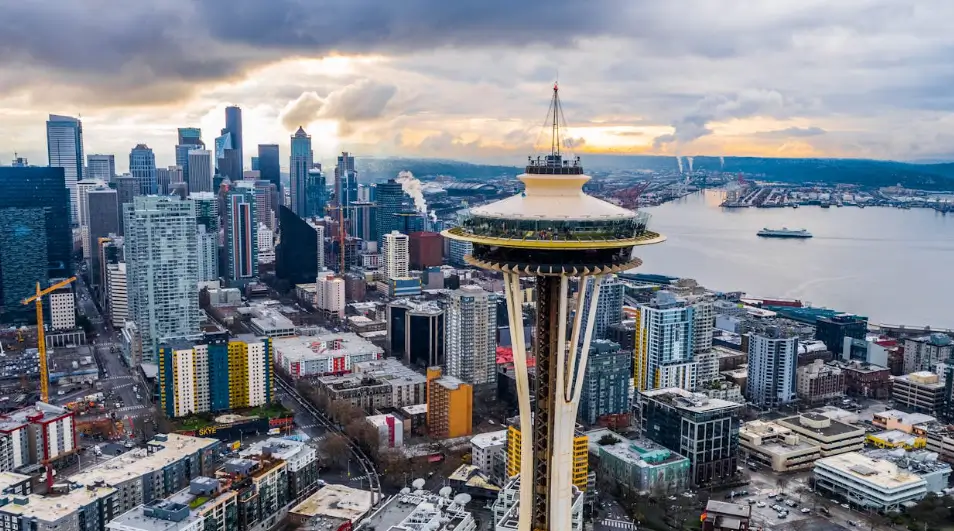Snooze Space Green Space
Most parks feel like they were designed by someone whose only recreational hobby is “updating spreadsheets.”
And that's the brutal truth.
They all follow the same tired formula: a patch of grass, a paved path in a polite little loop, a couple of weathered benches placed for “views” that are really just staring contests with a trash can, and—if you’re really lucky—a faded playground where every plastic slide looks like it was purchased from the Everything Beige catalog.
It’s public space by checklist.
And it’s boring.
The Predictability Problem
Parks have become predictable to the point of parody. You know exactly what you’re getting before you even walk through the gate. That predictability is safe for maintenance budgets, but it’s terrible for engagement.
Humans—kids and adults alike—are wired for exploration and novelty. A great park should feel like a mini adventure. Instead, too many are a 20-minute lap followed by a polite decision to “head back to the car.”
We’ve replaced curiosity with convenience, and the result is public space that’s pleasant enough to photograph for a city brochure but uninspired in real life.
Safety Isn’t the Enemy—But Sterility Is
Don’t get me wrong: safety matters. But somewhere along the way, safety became an excuse to sand down every interesting edge. We stopped building climbing structures that feel like actual challenges. We eliminated wooded areas for “visibility” and replaced them with seas of open turf. We put in signs telling you not to feed the ducks instead of actually designing spaces where you could safely interact with animals.
By stripping away anything unexpected or “risky,” we’ve also stripped away the sense of wonder. The result is a park experience that’s more like a waiting room with grass.
The Missed Opportunities
Here’s what a lot of parks lack:
- Mystery: A winding path that makes you wonder what’s around the bend.
- Variety: Spaces that shift in mood and function—sunny lawns, shaded groves, art-filled corners.
- Human-scale moments: Not just “open space” but intimate spaces—nooks where two friends can sit and talk without feeling like they’re in a fishbowl.
- Interaction: Installations you can touch, move, or climb—not just “look, don’t touch” art pieces.
- Local personality: Landscaping, materials, and design choices that reflect the community’s identity, not just a generic municipal template.
Cities That Get It Right
Some cities do understand that parks can be more than passive green space.
- Millennium Park, Chicago – Yes, it’s touristy, but it’s also layered: music, public art, water play, gardens, and unexpected moments like the mirrored underside of “The Bean.” You don’t just walk through; you experience it.
- Gas Works Park, Seattle – Industrial ruins turned into a playground for the imagination. It’s weird. It’s specific. And that’s exactly why it works.
- Paley Park, New York City – Pocket-sized but memorable, with a giant waterfall drowning out city noise and movable chairs you can actually rearrange.
These parks give people reasons to come back—because each visit feels slightly different.
The Fix: Inject Controlled Chaos
Cities, if you’re listening: swap a little of that predictable lawn for a splash of chaos. The good kind.
- Plant dense, meandering gardens instead of just turf.
- Install climbing structures that look like something out of a sculpture garden.
- Add small stages and flexible spaces where the community can create the programming.
- Build paths that don’t always lead straight back to the parking lot.
- Leave in a few trees that kids can actually climb (yes, the insurance people will survive).
When we let parks embrace a bit of unpredictability, they start to feel alive.
The Bottom Line
Green space is important, but green space without character is just… space.
A truly great park doesn’t just sit there waiting for you—it pulls you in, changes your mood, and leaves you with a story to tell.
Until cities start designing parks as experiences instead of obligations, we’ll keep wandering the same loops, passing the same benches, pretending we’re not a little bored.
And honestly? Life’s too short for another lap around the beige playground.
%20(1200%20x%20237%20px)%20(300%20x%2059%20px).webp)





